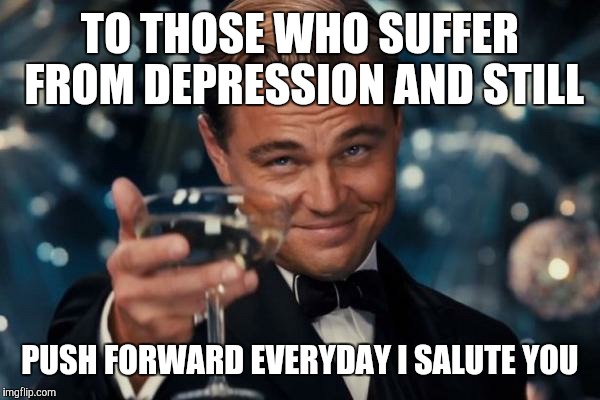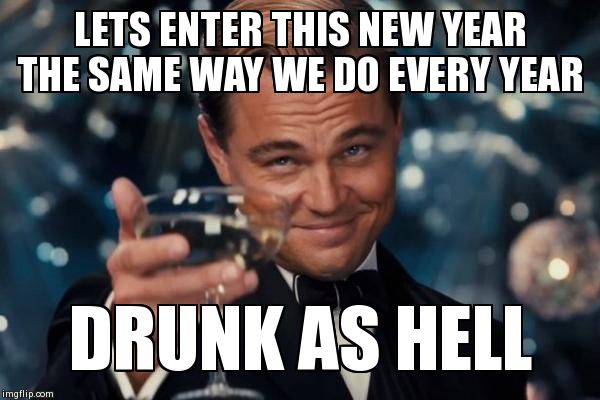According to Haffner and Jones, “attention is distributed not only across screen space and virtual space, but also across physical spaces” (86). This rings true in the horrific event of the death of Trayvon Martin which gave rise to the ongoing discourse of racism.
In the simultaneous productions of discourse communities geared towards the tragedy, these discourse communities structured their attention first by interacting with each other via visual images of both Trayvon Martin and George Zimmerman. Photos surfacing onto the internet depicted Trayvon Martin as one of three different characters: “a true the black child, a menacing black criminal, and an average teenager” (Lebduska 1). Discourse communities surrounded the ongoing case by distributing their attention in a particular communicative situation by understanding cultural conventions and regulations surrounding the case. Ultimately, that is determined by what each individual discourse community sees and how they see it.
Discourse communities that arose to advocate for or against both Trayvon Martin and George Zimmerman, were influenced by three characteristics described by the linguist Ron Scollon as :
1. As persons with all of their memories and experiences to the social relationship they have with other people
2. The relationship they have with other people.
3. The kinds of communication tools that they have to help organize attention in specific areas.
“Digital media are having an effect on the kinds of attention structures that people adopt in a whole range of different situations” (Jones & Haffner 88). The distribution throughout the internet also brought about the social action of physically commit together outside the realm of the web to advocate for justice for Trayvon Martin. Attention is distributed amongst mental structures, social relationships and communication tools and in the case of the George Zimmerman trial; mental structures formed discourse communities within the web, social relationships emerged due to the discourse communities within the web, and through the communication of technological tools, both the discourse community and social relationshipswere able to thrive.
At the same time, “digital media and the internet facilitate participate in this economy, by creating new channels for distributing attention” (Jones & Haffner 90). Because there were multiple photos circulating the internet, people were able to focus their attention on their perspective of Trayvon Martin. Was he just an innocent victim who was killed because of the color of his skin? Or was he a ruthless thug that had it coming to him? Variations of his photos convey a different interpretation for a lot of different people. The only two people who truly knew him was his parents and people only speculate and force their opinions onto society because digital media grants the affordance of letting anyone say how they think and feel about situations.










